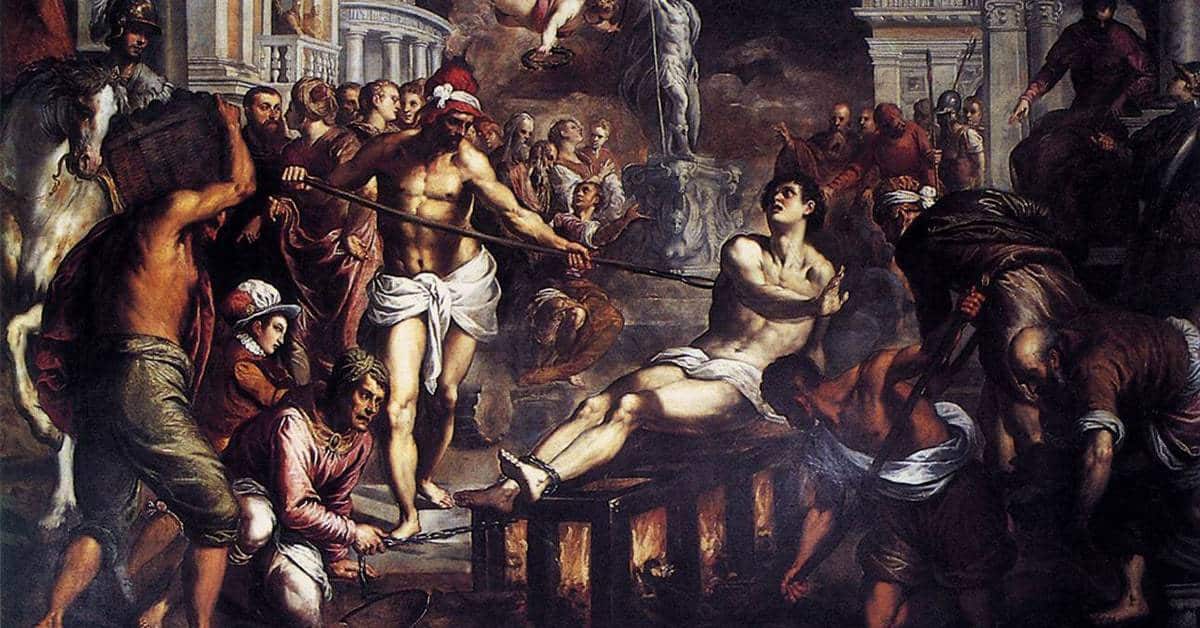It has been said that the only inevitable things in life are death and taxes, but with enough money to hire creative accountants and crooked tax lawyers, even the latter might be avoided. Avoiding death, however, has so far proven beyond reach, and no amount of effort or creativity has been shown to permanently ward off the Grim Reaper’s visit. Tragic, but there you have it: overriding any differences in class, ethnicity, politics or religion, there is one thing that all of mankind shares in common, and that is the certainty that, sooner or later, death comes to us all. However, while everybody dies, some die in remarkably weird and bizarre ways.
From Ancient Greece, whose Athenian lawmaker Draco was smothered to death in 620 BC by gifts of hats and cloaks showered upon him by appreciative citizens in a theater, to Delhi’s deputy mayor who fell from a balcony in 2007 while fighting off attacking monkeys, to the guy in Brazil who died in his sleep in 2013 when a cow fell off a cliff and through his roof, crushing him in his bed, bizarre deaths have had a fascinating hold on humanity’s imagination and morbid curiosity.
Following are 12 of history’s more bizarre deaths, from antiquity through the Middle Ages.

Arrhichion of Phigalia
The ancestor of modern Mixed Martial Arts, pankration, meaning “all force”, was an ancient Greek sport that combined wrestling and boxing, and in which nearly everything was permitted except for gouging and biting, or attacking an opponent’s genitals. Arrhichion of Phigalia (died 564 BC), was Ancient Greece’s most famous pankratist, and champion of that sport in the 572 BC and 568 BC Olympiads.
He competed in the 564 BC Olympics, seeking a third consecutive championship. Arrhichion advanced through the early rounds and reached the title fight where, perhaps with age catching up with him and slowing him down, he got into trouble. His opponent outmaneuvered Arrhichion, got behind him, and with legs locked around his torso and heels digging into his groin, applied a chokehold.
Feigning loss of consciousness, Arrhichion tricked his opponent into relaxing a little, at which point the wily title holder snapped back into action, and snapped his opponent’s ankle while shaking and throwing him off with a convulsive heave. The sudden excruciating pain induced his opponent into the Ancient Greek equivalent of tapping out, and he made the sign of submission to the referees.
However, in throwing off his opponent while the latter still had him in a powerful chokehold, Arrhichion ended up with a broken neck. His opponent having already conceded, the dead Arrhichion’s was declared the title bout’s winner – perhaps the only time in the history of the Olympiads that a corpse was crowned an Olympic champion. He thus added a wrinkle to the athletic ideal of “victory or death” by gaining victory and death in winning a championship.

